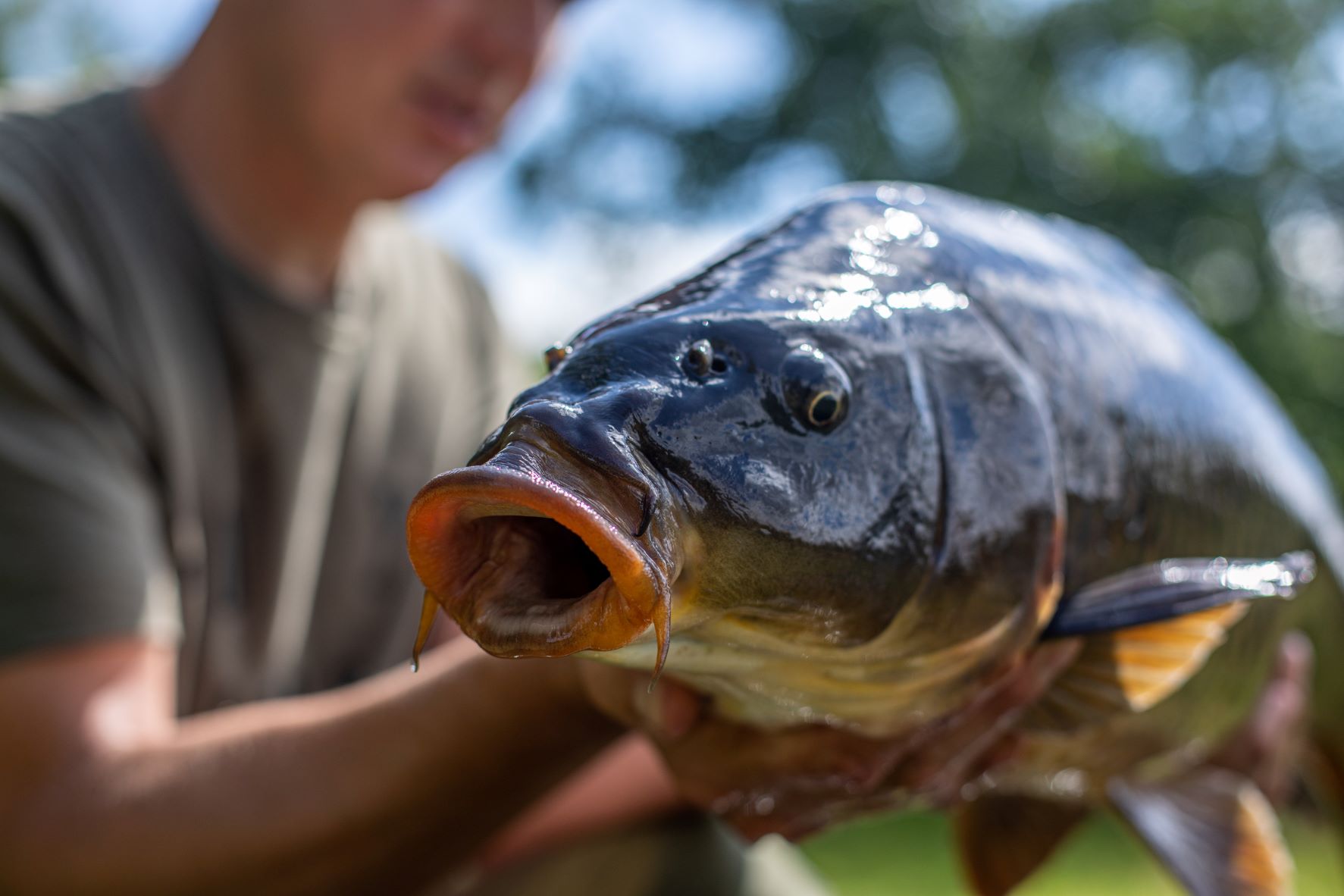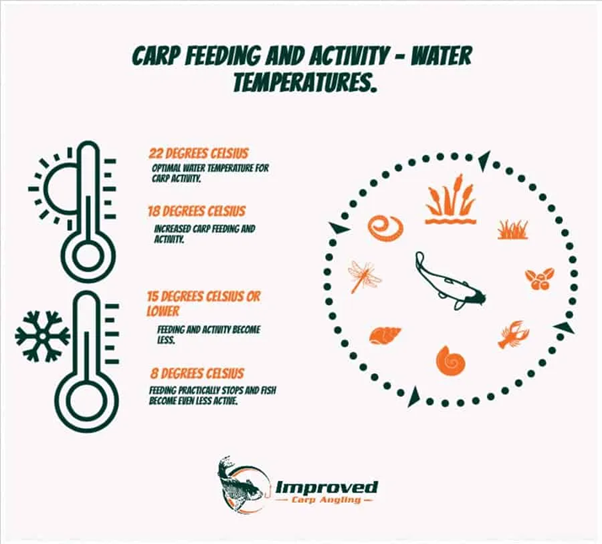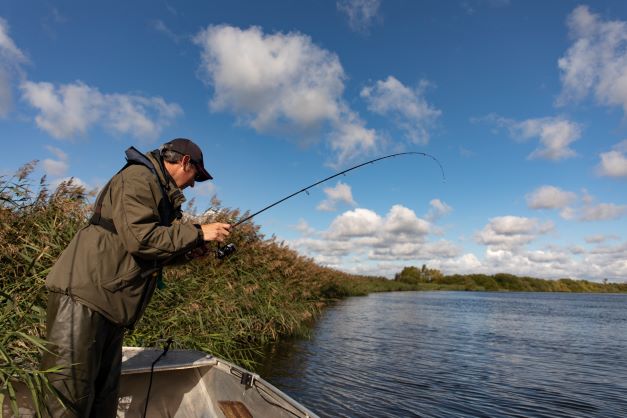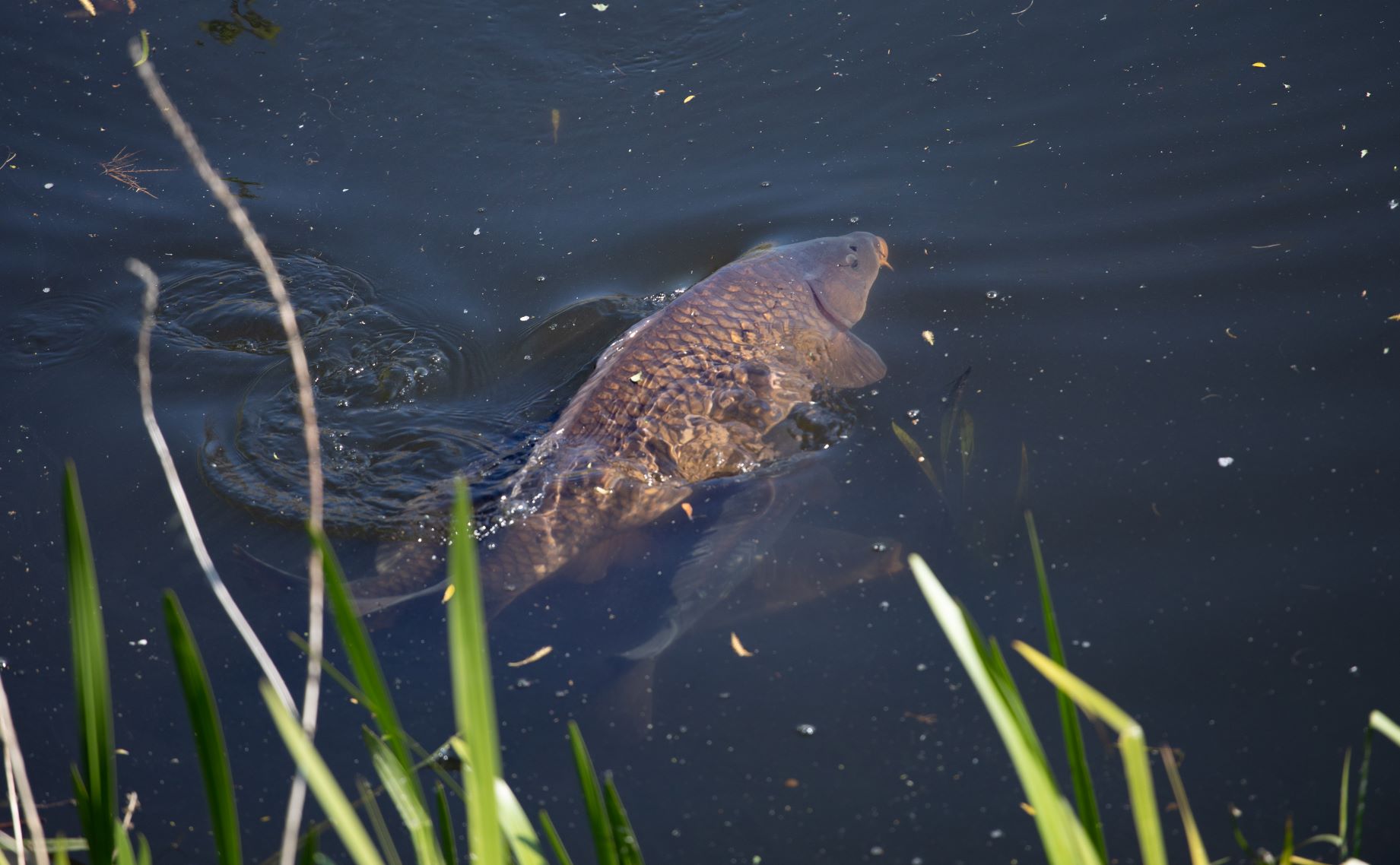The Ultimate Guide to Carp Fishing Bait – PART 3

Carp fishing is one of the most popular types of fishing, and for good reason – carp are plentiful and provide a challenging fight. There are several different ways to bait a carp, but some methods work better than others. In this post, we’ll discuss the different baiting methods and baiting application factors to consider for carp fishing and explain why these fish react the way they do to certain baits. We will also discuss what factors trigger carp to bite the most so you can head to the bankside with confidence. If you are wondering where and at what depth you need to place your carp fishing baits, do not fear! This post will cover that also! Keep reading to learn more!
If you are wanting to read PART 1 or PART 2 of our Ulitmate Guide to Carp Fishing Bait, you can find out about :
- What is a Carp’s Natural Food?
- Most Popular Types of Carp Bait
Read Part 1, here.
- Carp Bait FAQs
- Common Carp Bait Myths
- Unusual Carp Bait Choices
Read Part 2, here.
Factors of Baiting Applications for Carp
Once you have chosen your carp bait, there are many ways to get it to reach the carp you are targeting. Depending on their location, depth in the water, the time of year, the weather of the day or how the carp are feeling plays a part in feeding habits and catch success.
How do Carp Find Food and Baits?
Carp are a species built to aid themselves in their search for food and determining whether it is edible or not, which is especially useful for them browsing the bottom of lakebeds and rivers.
Barbels – These are whisker-like sensors. Most species of carp have 2 just on the outside of their mouth and 2 more above their mouth. Barbles help carp fish food that the eyes cannot see.
Mouth – A carp boasts a long leathery tube-like mouth that helps them vacuum up sediment off the bottom, separating the edible particles from the debris whilst also discharging any debris by puffing back out.
Teeth – These never get in an angler's way when unhooking but carp do have teeth in the shape of strong molars. These are used to break down smaller particles to ingest.
Tail – Like all fish, the tail helps push them through large spans of water in their search for food.
Pectoral Fins – Carp are lucky in that their pectoral fins are much more advanced than other species of fish. Carp can quickly adjust their speed so they can slow down and hover to inspect food.
Eyes – There is a reason why carp anglers stick to camouflage. Carp boast amazing vision thanks to their eyes being on either side and higher up on the head. This also helps carp not only find food but to watch out for predators in the water.


What Triggers Carp to Feed?
Many natural environmental elements can trigger carp to feed such as time of day, weather and air pressure. There are also feeding triggers anglers can set off depending on fishing methods and chosen baits.
Carp Feeding Times: Classed as diurnal feeders, carp are triggered to feed mostly in daylight hours. However, the right bait and strategy will certainly draw the species' attention well into the night and early morning.
Weather: Sun triggers carp to feed on the surface, especially during autumn and winter months. Rain stirs the water, washing particles and food around making carp more active.
Air Pressure: High Air Pressure or windy days increase carp activity.


Water Temperature: Water temperature can be a huge factor in the feeding habits of carp, optimum water temperatures for feeding carp are as follows: 22 Degrees Celsius – Optimum Water Temperature for Carp Activity., 18 Degrees Celsius – Increased Feeding and Activity., 15 Degrees Celsius (or lower) – Feeding and Activity Become Less.,8 Degrees Celsius – Feeding Practically Stops and Fish Become Even Less Active.
Amino Acids: Triggering a carp’s sensory system and often causing a feeding frenzy, baits high in amino acids will cause fish to feed.




Image taken from Improved Angling
Where Do Carp Feed?
There are some areas in bodies of water where carp will naturally lurk for foods they eat in the wild. These Carp hot spots are great locations to place your bait and ensure a catch.
River Mouths: Where a river merges into a larger body of water, offering a change in current, carrying food to ‘calm spots’ within these areas.
River Bends: The water current is naturally faster on a bend, creating a deep pocket. The edges of the pocket are weaker, hold food and are an easy place for carp to feed from.
Shallow Bays: Usually with warmer water nearby, shallow water draws in carp during spring and autumn so they can soak up the sun. When deep water is near, carp shelter between the bays and the deep area.
Calm Areas/ Eddies: Carp often seek refuge from a fast current in the calmer backwater areas so it is wise to cast upstream and allow your bait to drift down toward calm areas or eddies.
Vegetation / Stumps: Carp lurk under overhanging branches or bushes as they offer shade as well as protection from birds.

